If You Can Spare a Dime, This Dutchess County Farm Could Be Yours for $1.7 Million
Unraveling the story of this farm with 18th century roots uncovered tales of family drama, allegations of attempted murder, investment schemes and a connection to crooner Bing Crosby.

Unraveling the story of this farm with 18th century roots uncovered tales of family drama, allegations of attempted murder, investment schemes and a connection to crooner Bing Crosby.
Although it’s listed as “The Bing Crosby Estate,” the most interesting stories behind the house on the market at 8 Turner Mews in Wappingers Falls, have, alas, not much to do with the storied singer.
With country houses, tracking down history can be tricky. Town boundaries change, streets are renamed and residences christened with new names — this one is no exception. The house was once part of a farm of at least 600 acres and known variously as the Robinson Place, Bampton Farm, Braemer Farm and Black Watch Farms. Its street location was identified over the years as “on the state road through Fishkill Plains,” Robinson Lane and now Turner Mews. Finding information on its original community meant hunting for records on Fishkill Plains and East Fishkill.
The house is not listed on the National Register of Historic Places but there is an inventory form and from that, a bit of information could be gleaned. The form suggests an original construction date of circa 1772 with the earliest known owner being one A. Duryee in 1798. In the 1860s the house got a makeover with a peaked gable, bracketed cornice and front porch.
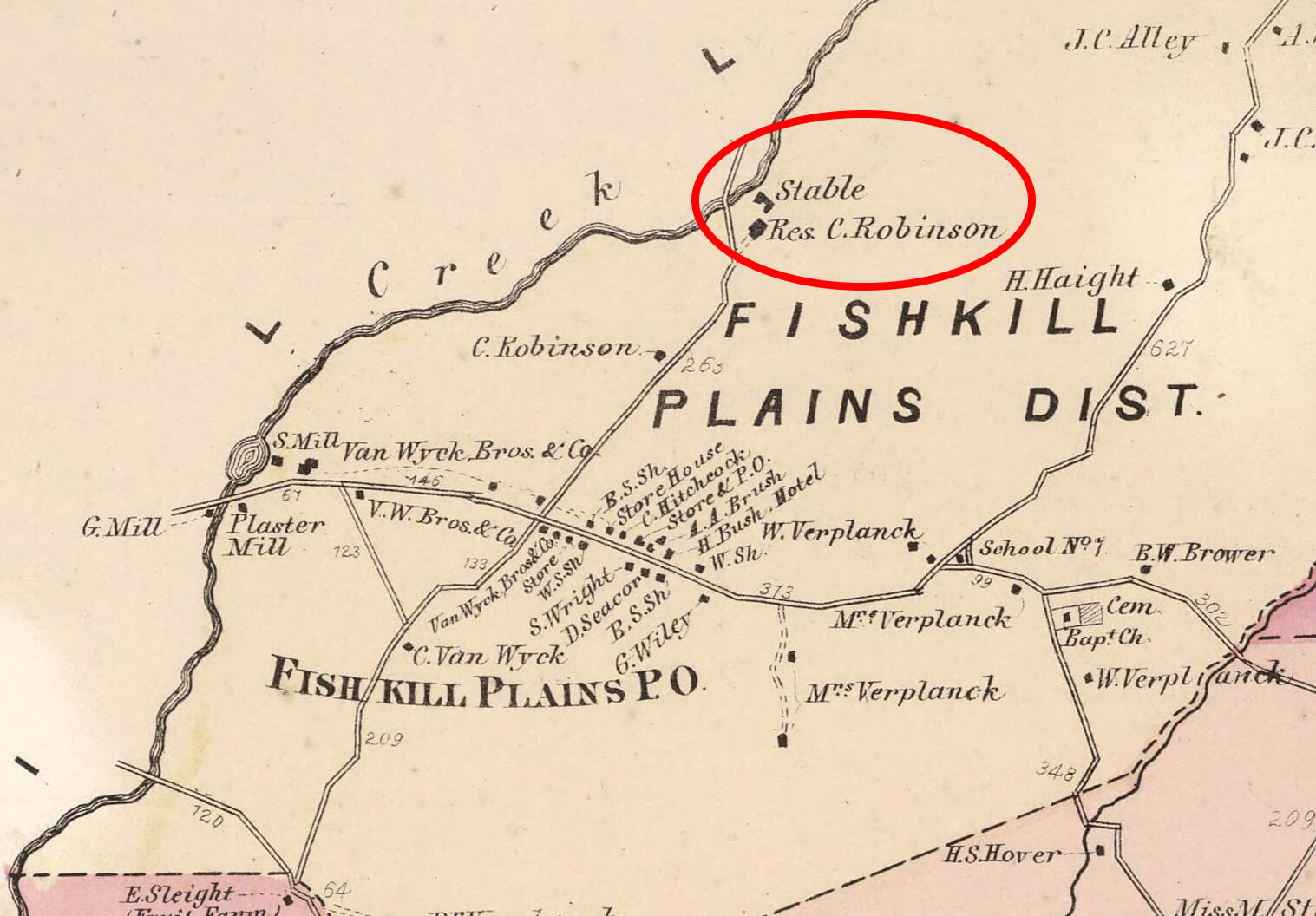
At the time, the house and farm was most likely the property of Charles and Phebe Remsen Robinson. An 1867 map of Dutchess County shows the Robinson house and stable in Fishkill Plains, near Sprout Creek, and lists Charles Robinson as a dealer in fruit stock. Historic sources also show Robinson operating the property as a horse farm.
His son Duryea Remsen Robinson joined Charles in the venture and would keep the property in family hands until his death. Popularly known as D. Remsen Robinson, he was a sports enthusiast and breeder of racehorses.
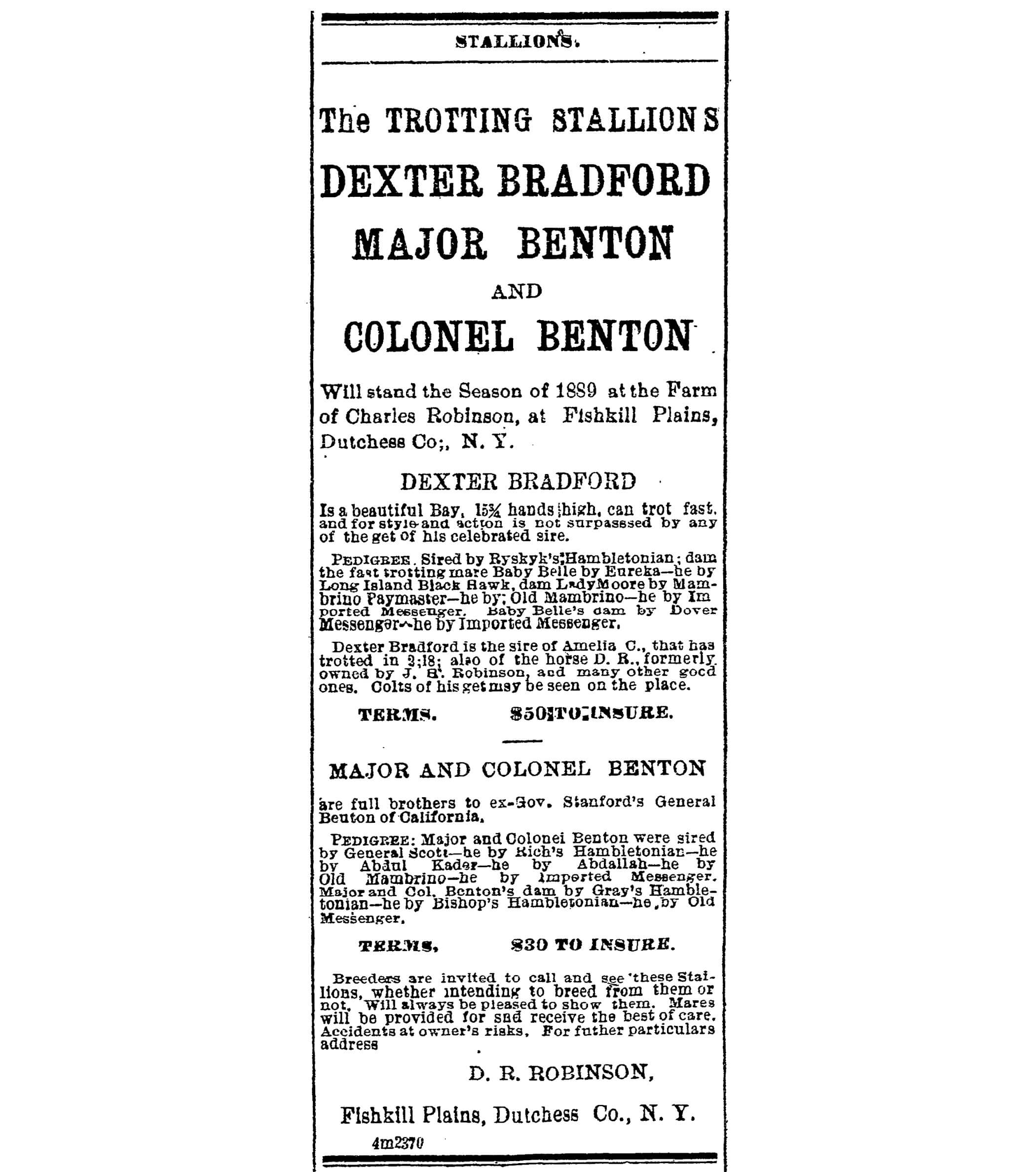
He suffered years of ill health towards the end of his life, with a relative living with him in the farmhouse to provide care. His wife Julia Bampton Robinson had died in 1889, followed by only child Charles in 1911.
When he died in 1926 and his will headed to probate, the fight over the large estate began with accusations of scheming and attempted murder, all reported in the local press. Which was perhaps predictable, as he himself fought a battle with his siblings over the family estate after the death of his mother. That fight also made the papers as local reporters dished out the details.
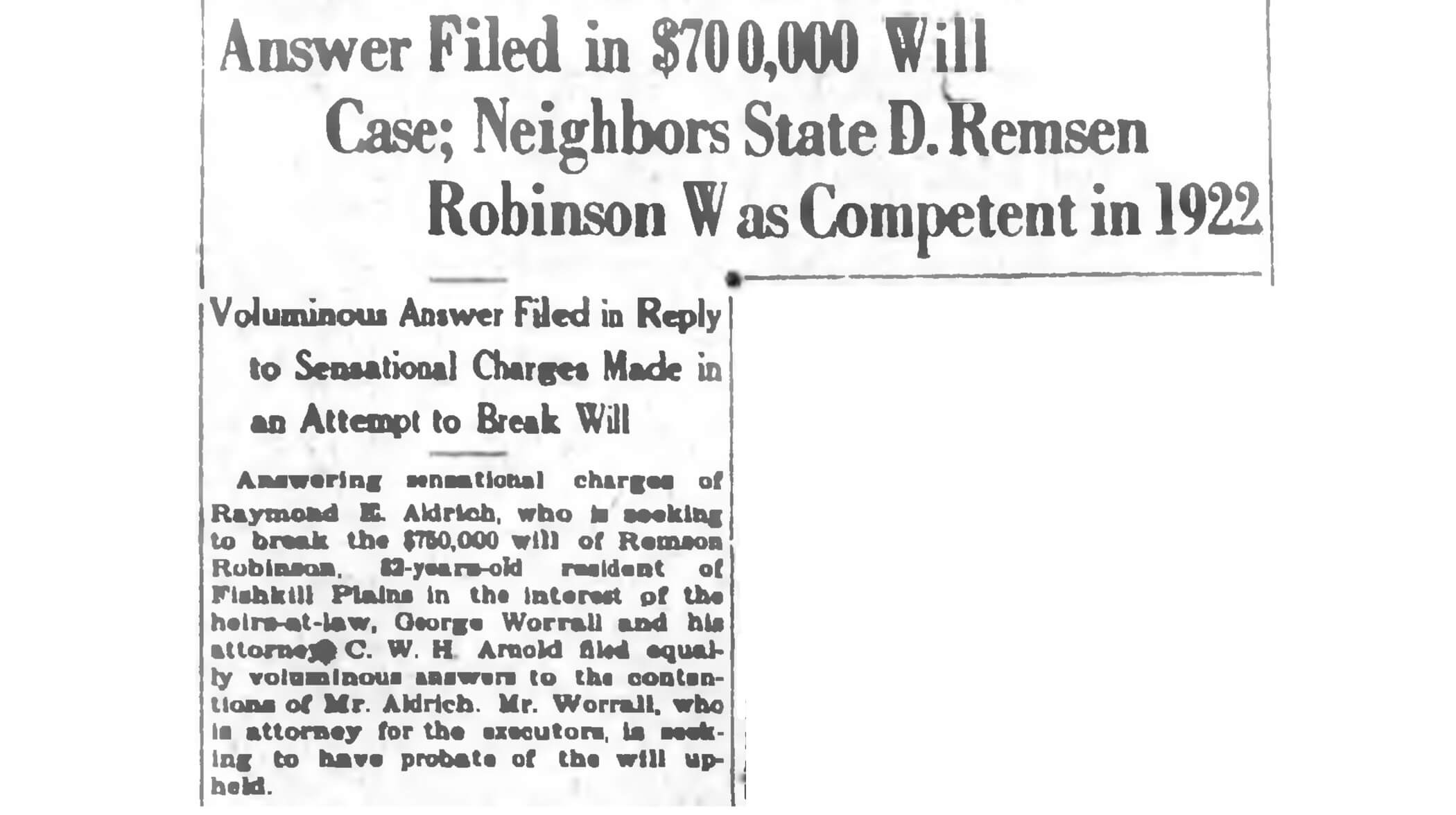
The controversy over the will of D. Remsen Robinson centered around Leonard Bampton, the brother of his late wife. The will named Bampton a co-executor and left him the bulk of the estate, reportedly valued around $700,000. While some legacies went to charities and family members, Robinson’s direct heirs took issue with Bampton’s windfall and fought to break the will in court.
The ins and outs of the fight included a lengthy report in the Beacon News on the “sensational charges” lobbed against Bampton in court. Mae Robinson Parkhurst testified that for years she was the sole caregiver of a senile and feeble Robinson, with Bampton rarely visiting and only bringing a cheap box of candy once. But, she claimed, as soon as Robinson died, Bampton moved into the house and took over, setting a curfew for her and restricting activity in the house. When she was late coming home one evening Bampton shot at her from a window in the house. Bampton countered her attempted murder claim, noting that he had called the sheriff the next day to report a prowler and had not realized that it was Mae at whom he took aim. The attempted murder charge was not pursued, but it made for a dramatic court reveal.
The fight over the will dragged on until 1928 when it was finally settled and the bulk of the estate, including the house, went to Leonard Bampton. He would own the property until 1952 when the Crosby family entered the picture.
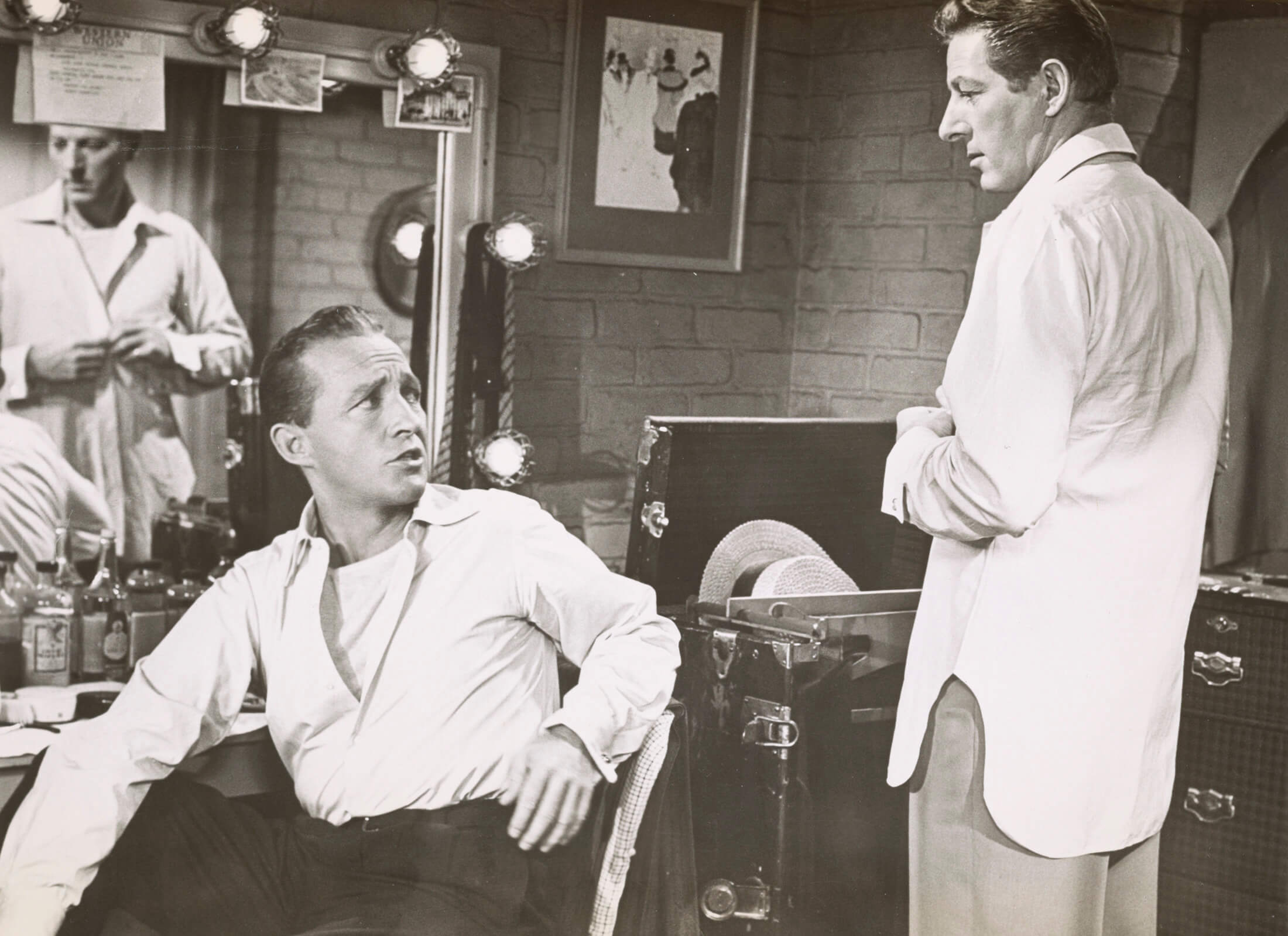
The Crosby that came to inspect the farm in 1952 was not the famous Bing, but Everett, his older brother. Everett was involved in Bing’s career since its 1920s beginnings and by the 1950s was the president of Bing Crosby Enterprises and numerous other Crosby investment companies. Everett must have liked what he saw as he purchased the farm and its more than 600 acres that year.
Because Everett was involved in Bing’s career and family investments it might be technically true that Crosby earnings were used for the purchase, but we couldn’t uncover any evidence that Bing ever visited the property or was mentioned in relation to it other than in the current listing.
The farm wasn’t used as Everett’s full time home and its unclear what high society he might have entertained at his new spread. But he did open the property up at least once for a tour of East Fishkill historic sites. He also evidently gave it the moniker Braemer Farms, as articles published in local papers in the late 1950s refer to Mr. and Mrs. Crosby of Braemer Farms. Mrs. Crosby would be Florence George, a singer and the second wife of Everett.
Everett owned the property for just 10 years. In January 1961 a fire swept through the grounds with the Medina Daily Journal-Register reporting that it claimed three barns, a silo, tractor and the roof of another barn, but left the house untouched. In April of 1962, the Kingston Daily Freeman got confirmation from Crosby that he was planning to sell the property to Black Watch Farms, an investment group planning to use the property for raising cattle.
The investment group was operated by Jack Dick, a successful self-promoter, deal-man and collector of English sporting paintings. The farm became the centerpiece of a major investment scheme, with Sports Illustrated reporting in a 1974 profile on Dick that he used it to impress investors.
Dick sold his major interest in the Black Watch Farms for more than $20 million in 1968. The trouble began in 1970 when Black Watch Farms filed for Chapter 11. A year later the Manhattan District Attorney’s office indicted Dick for grand larceny, claiming he falsified information in order to obtain loans during his time at Black Watch Farms. Lawsuits mounted and Dick had to sell his art collection to pay rapidly increasing debts. Dick died in 1974 before the case was settled.
By that time the farm had been sold and at some point, the massive acreage was divided. Today the historic farmhouse is surrounded by a parcel of just over 16 acres.
On the exterior the house retains much of its 1860s remodeled character, with the exception of a 1950s era wing. On the interior, the house reflects its long history with a mix of design styles and details.
The house got an interior remodel in the mid 20th century and rooms show a mix of 19th century moldings and 20th century design choices and amenities, like baseboard heat.
At least two Italianate period marble mantels can be spotted in the listing photos. There are a total of six fireplaces in the house, with four of them in working order.
While the living room retains a bit of a 19th century parlor feel, what is now the family room has the feel of a mid-century den embracing the ye olde Colonial. It’s wood filled from the floors to the beamed ceiling. There’s a large hearth with a spot on the mantel for mounting your vintage musket and even a wagon wheel light fixture.
The woody atmosphere extends to a built-in bar, perfect for sidling up to your favorite cocktail.
There’s a return to the sedate in the formal dining room with what looks to be a more modest Colonial Revival style mantel. Off the room is a passageway leading to the modern addition.
The wood-paneled and painted brick space includes a kitchen and adjoining dining area with another of the working fireplaces.
The windowed sitting area provides a spot to relax and admire the vast acreage.
Upstairs are five bedrooms and an office. The master includes an en suite bath, dressing room and another of the period mantels.
In addition to the master bath, the upstairs has two additional full baths. With another full bath and a half bath on the first floor, it brings the total to 4.5 baths.
Those bedroom and bathroom totals don’t include the other buildings on the property. The housing includes a cottage and another building with multiple apartments. Perhaps originally used for farm hands, they now could provide some rental income. According to Dutchess County property records the outbuildings were all constructed in the 1950s and 1960s.
From the listing photos, it appears one of those outbuildings is a greenhouse. The rest of the just over 16 acres includes a pool, pathways and gardens.
You may need more than a few pennies to rain down from heaven for the purchase of the property; it is listed for $1.7 million by Nicole Porter of Houlihan Lawrence-Lagrangeville Brokerage.
Related Stories
- Fulfill Your Garden Dreams as the Second Owner of This Lush 1930s Estate in Ossining
- A Picturesque Pre-Civil War Manse by Architect Frederick Clarke Withers Could Be Yours for $749K
- Two 19th Century Charmers in Chatham for Under $400K
Email tips@brownstoner.com with further comments, questions or tips. Follow Brownstoner on Twitter and Instagram, and like us on Facebook.

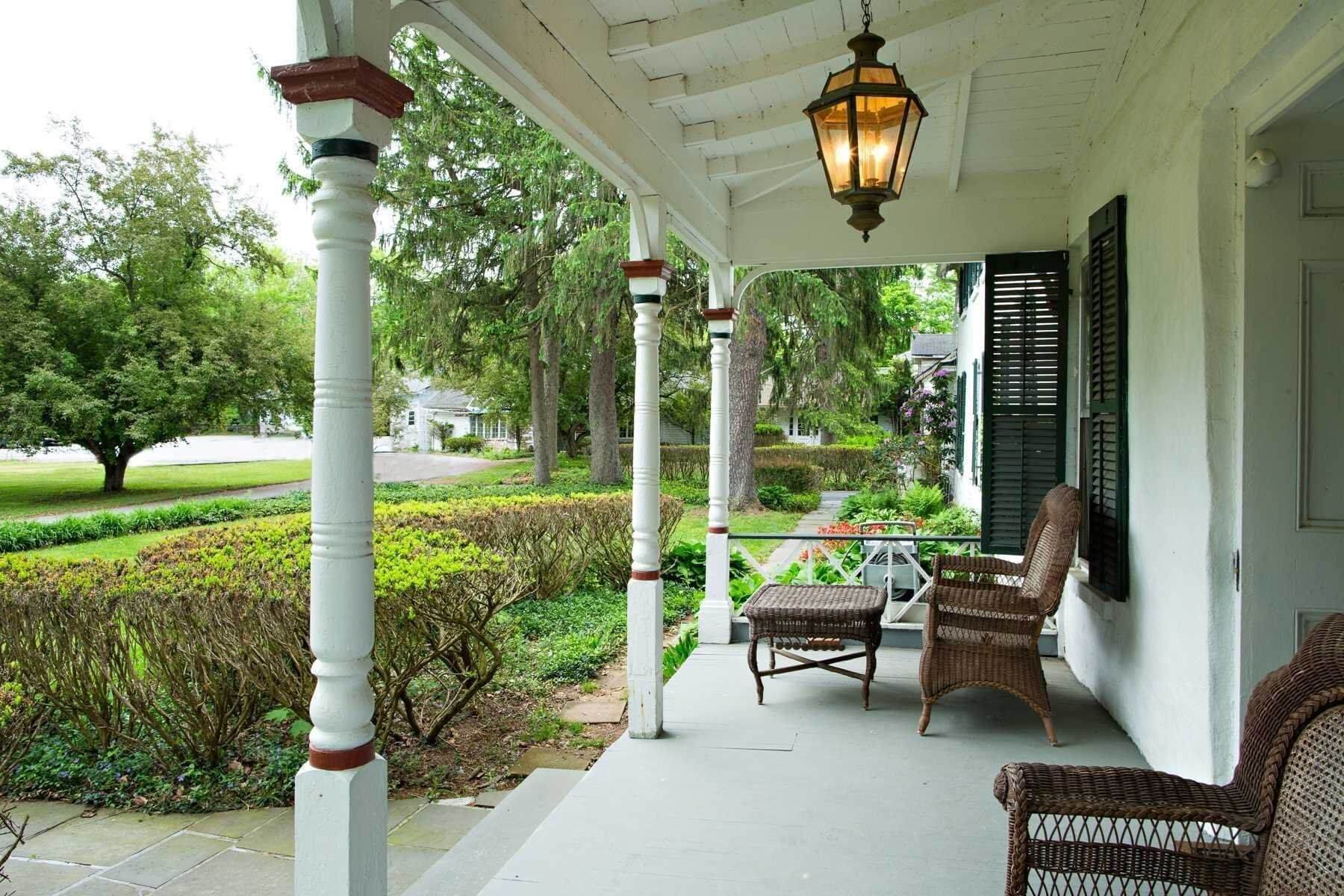
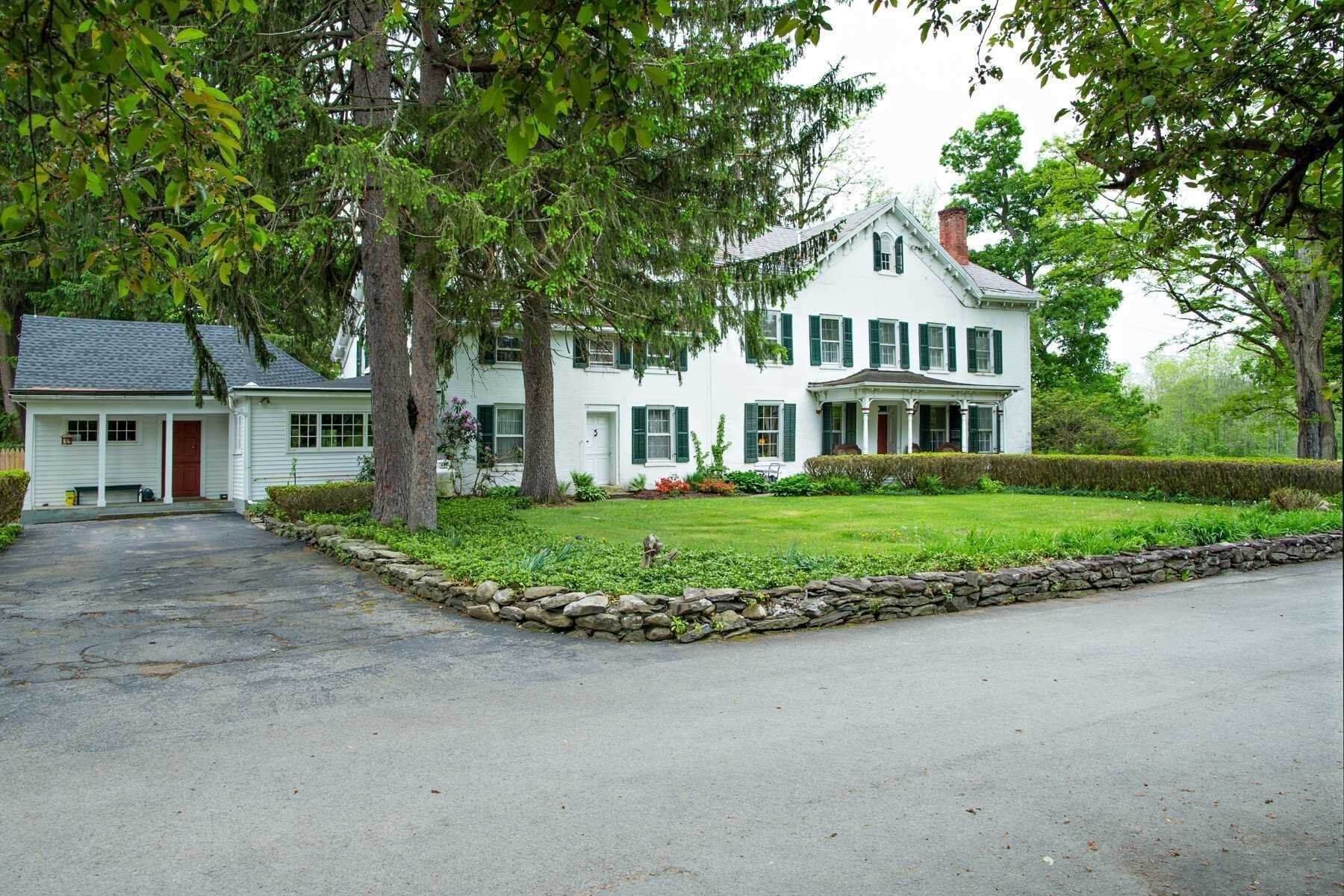
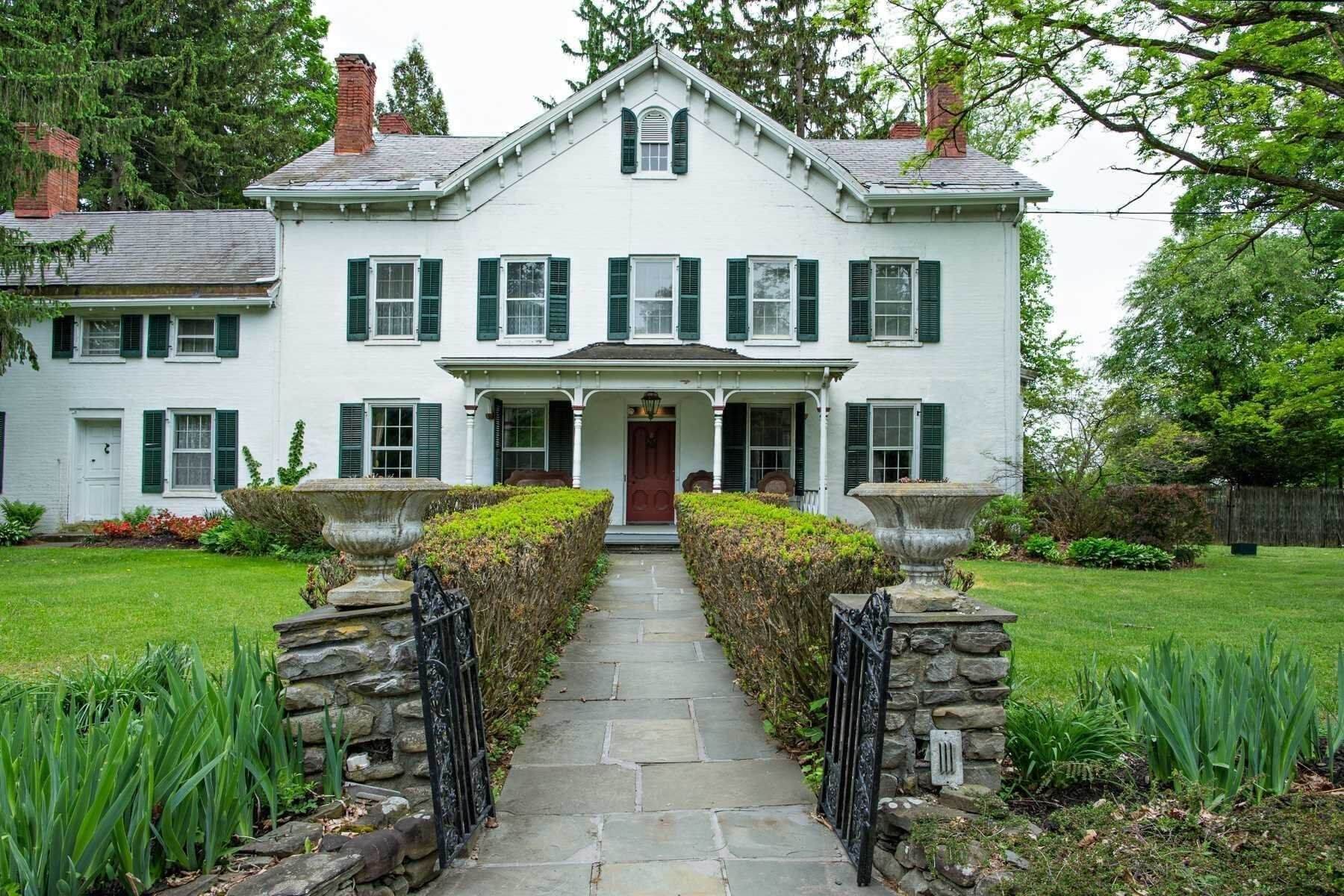
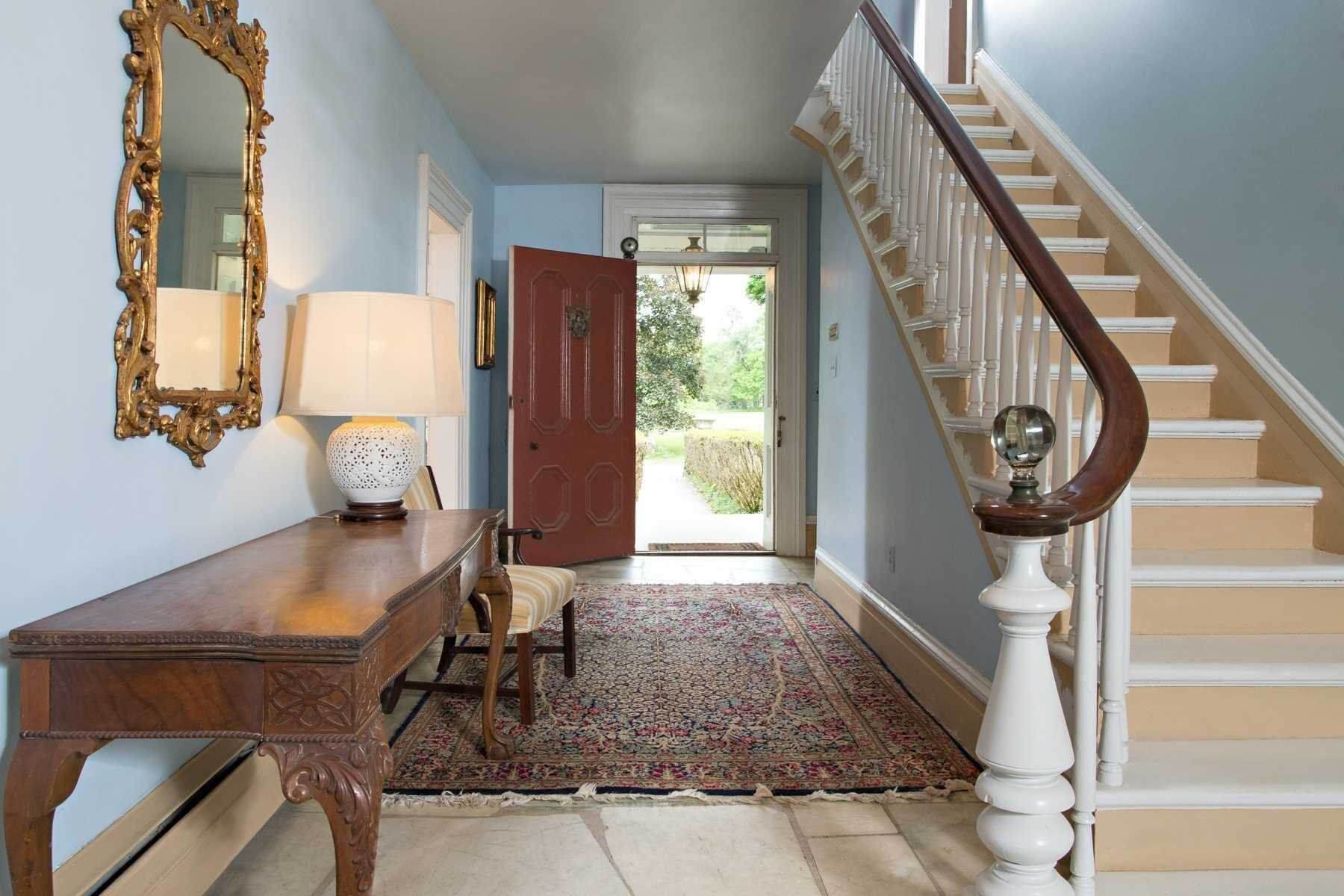
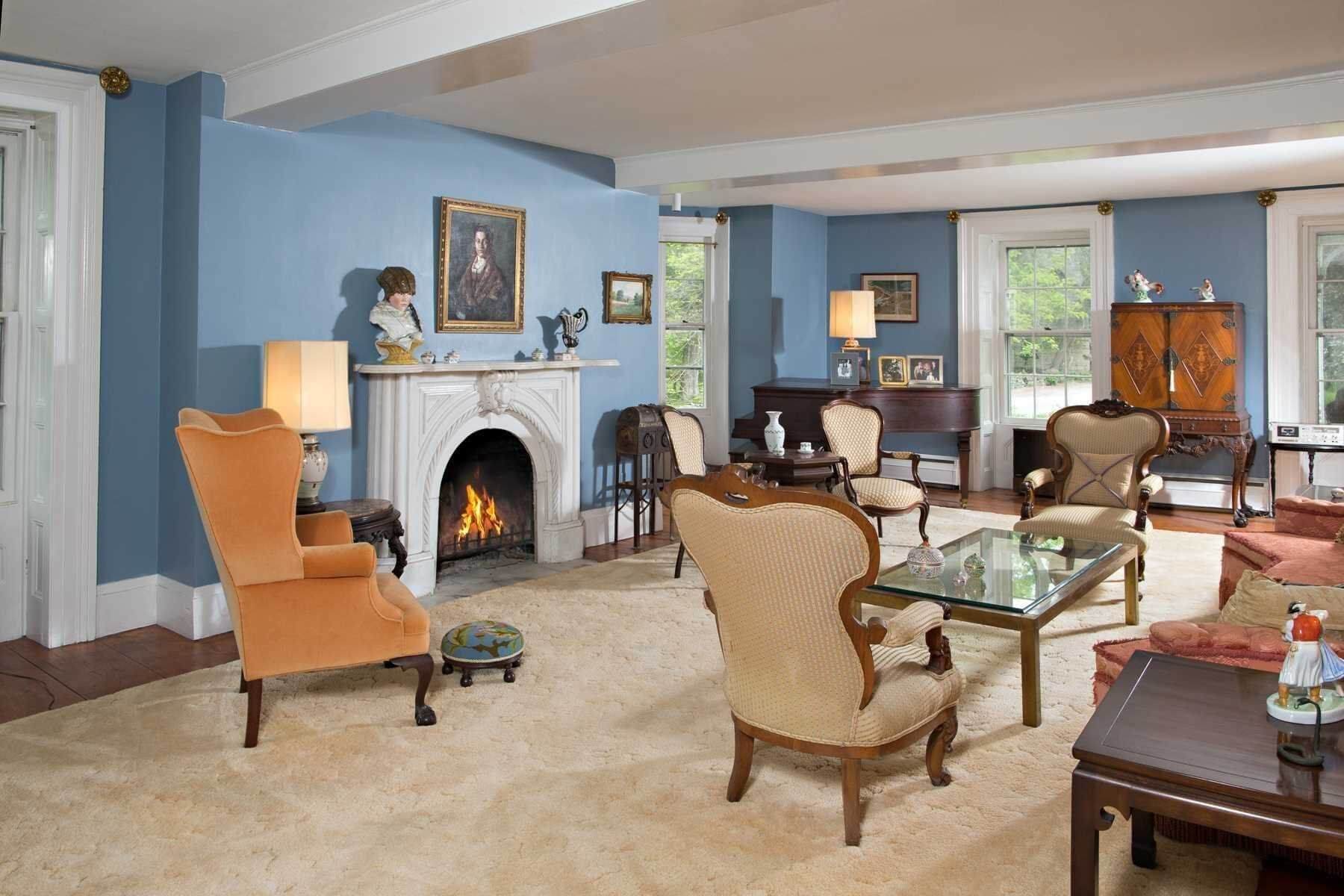
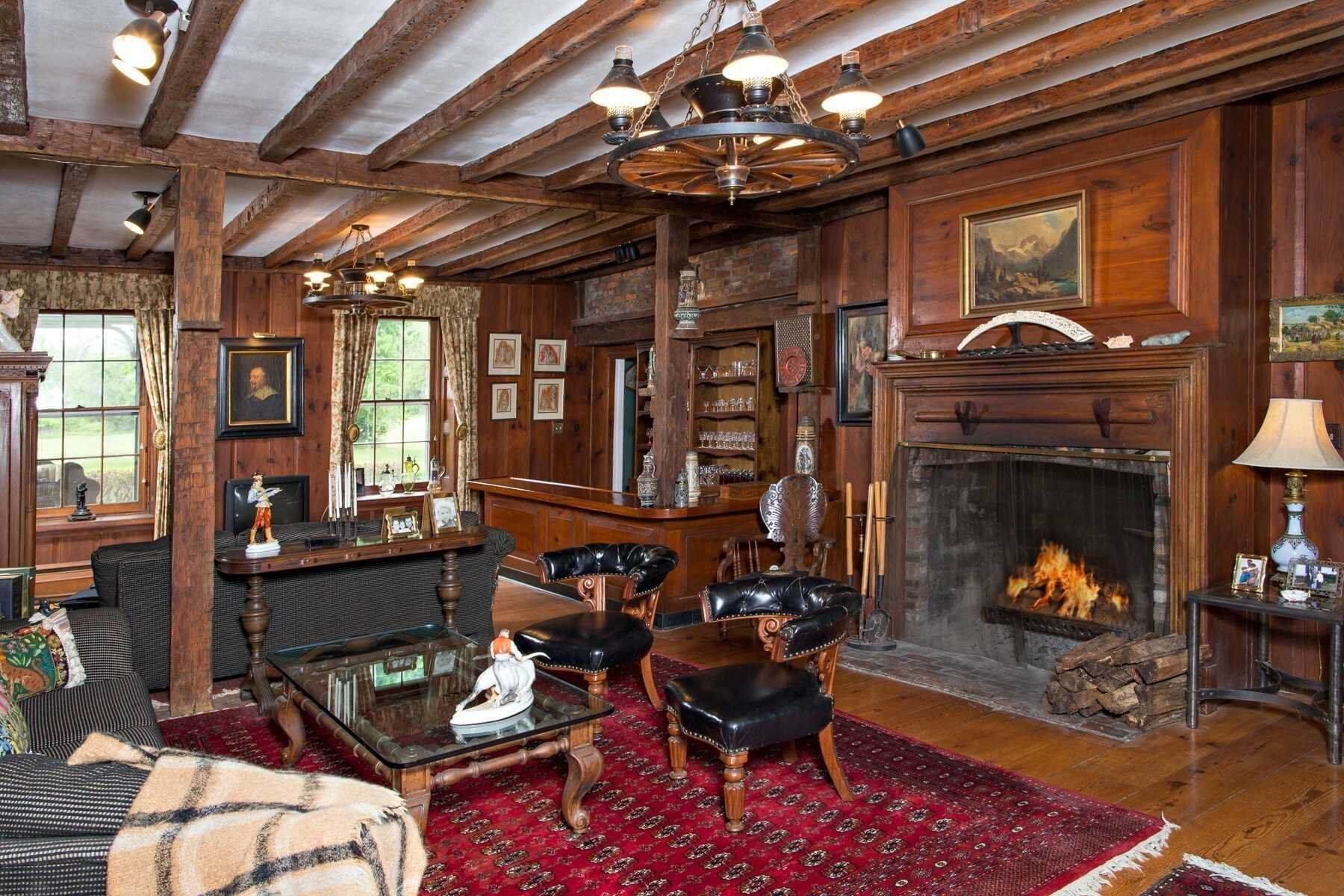
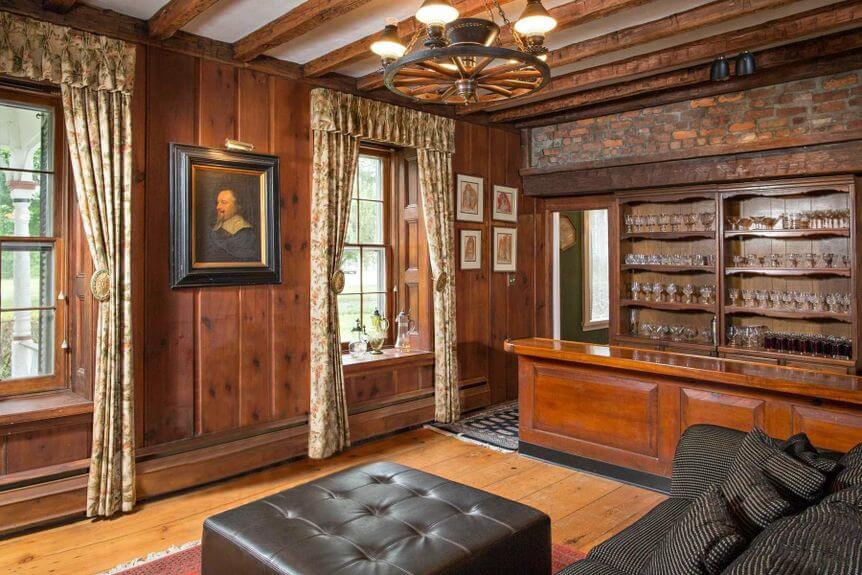
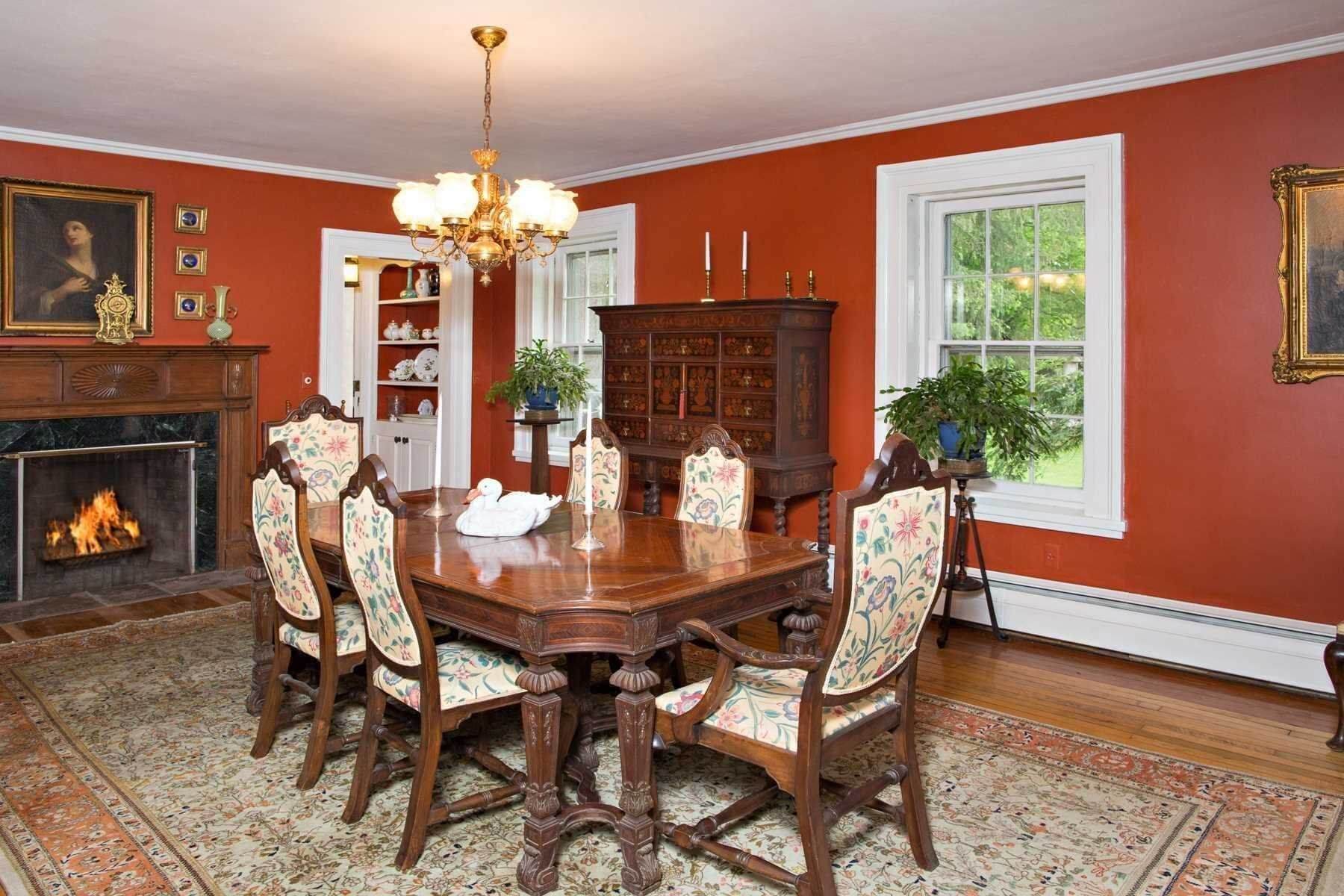
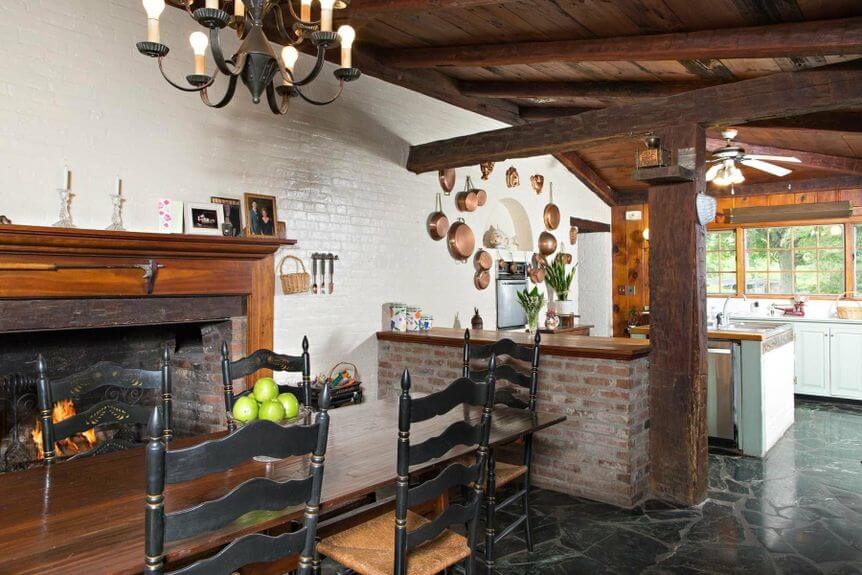
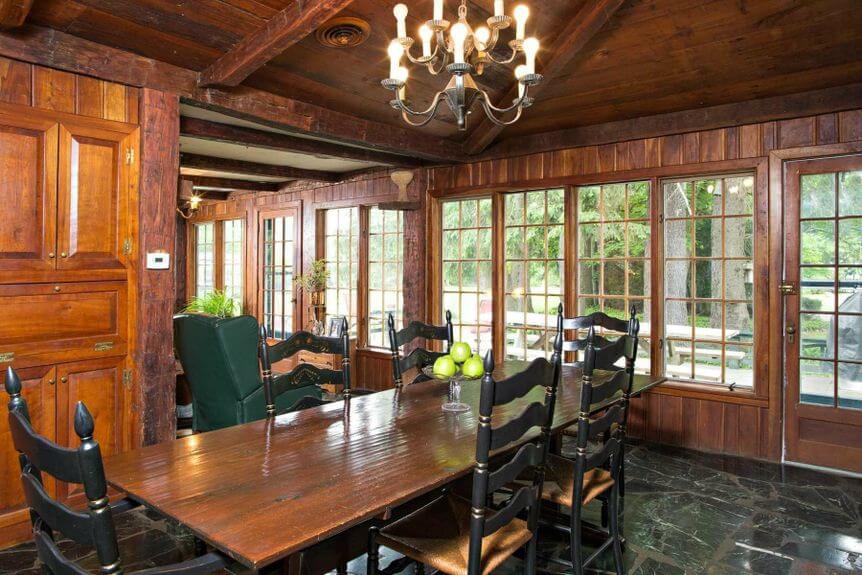
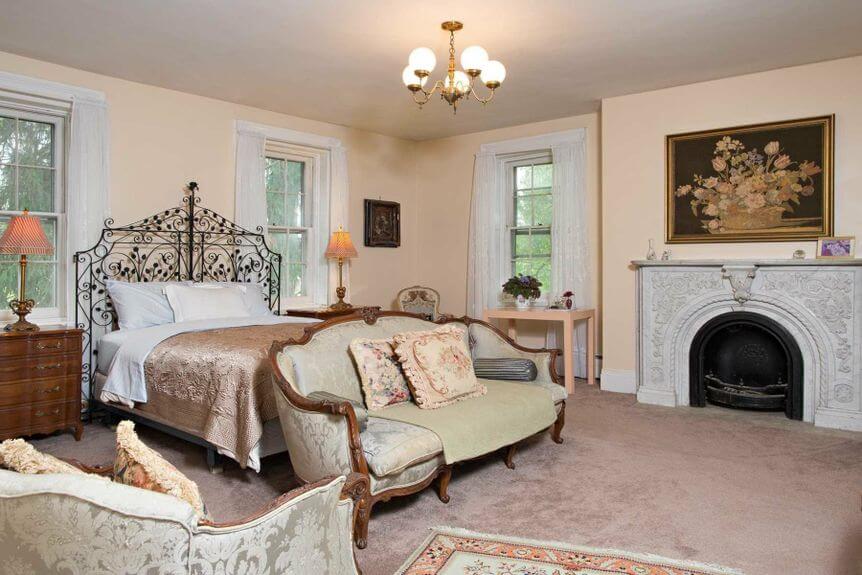
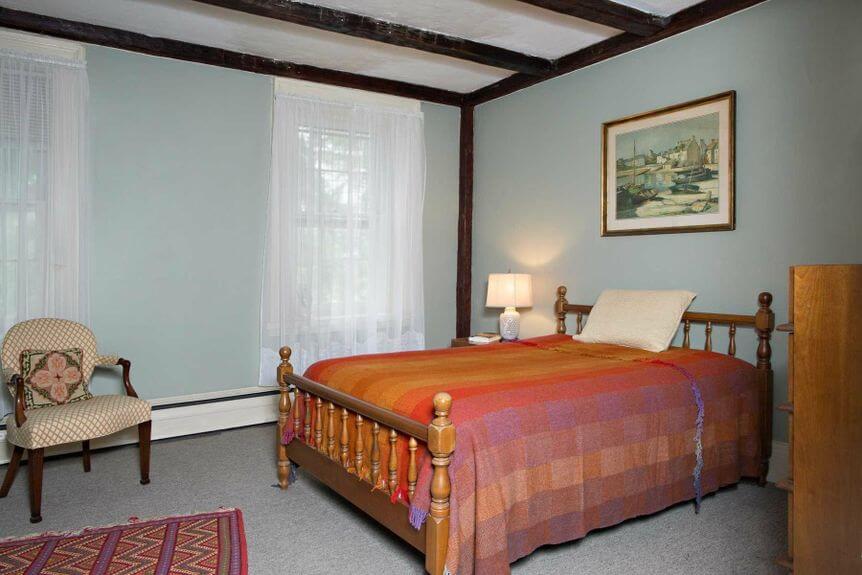
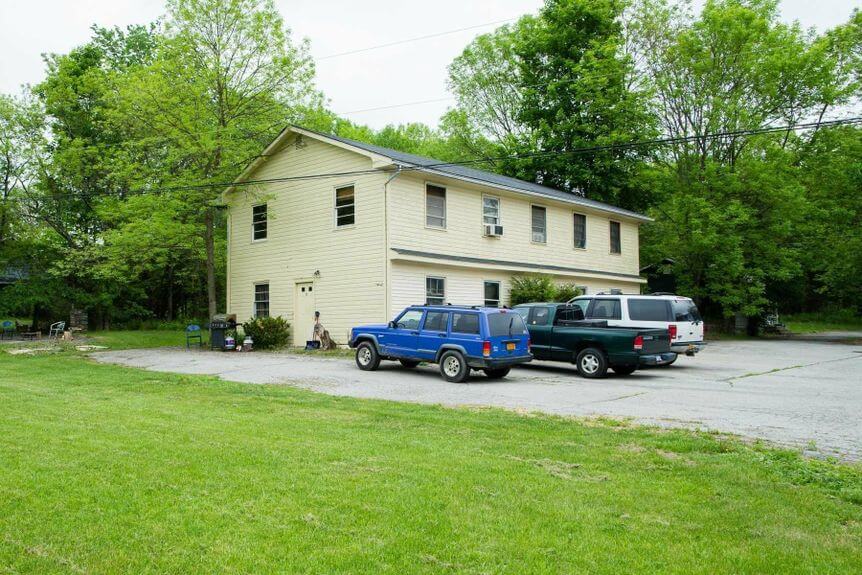
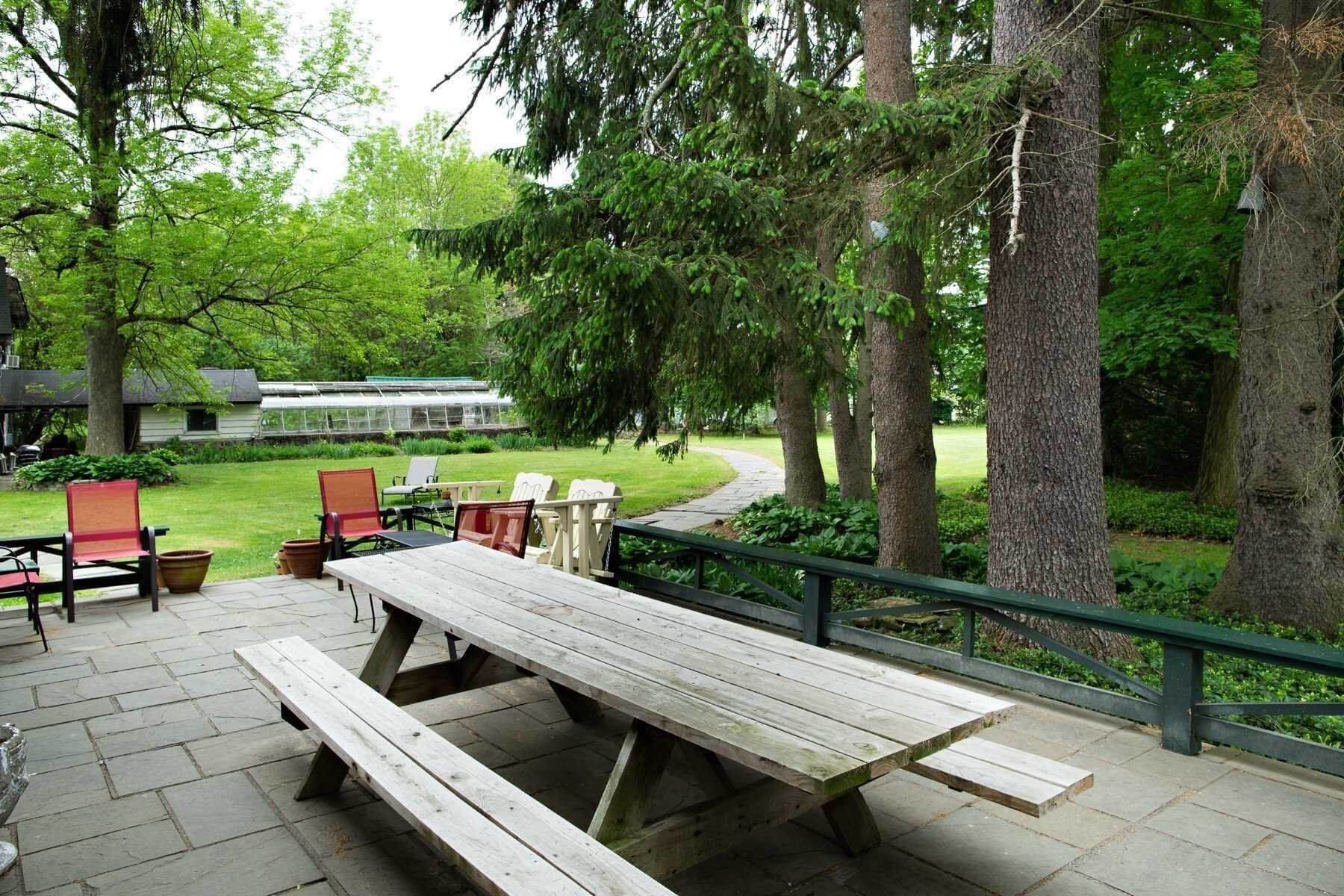
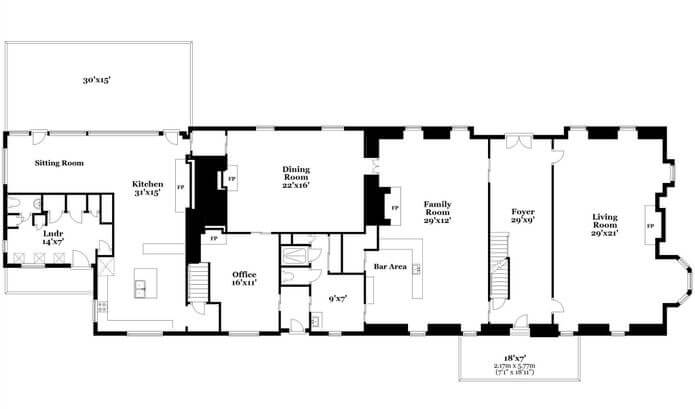






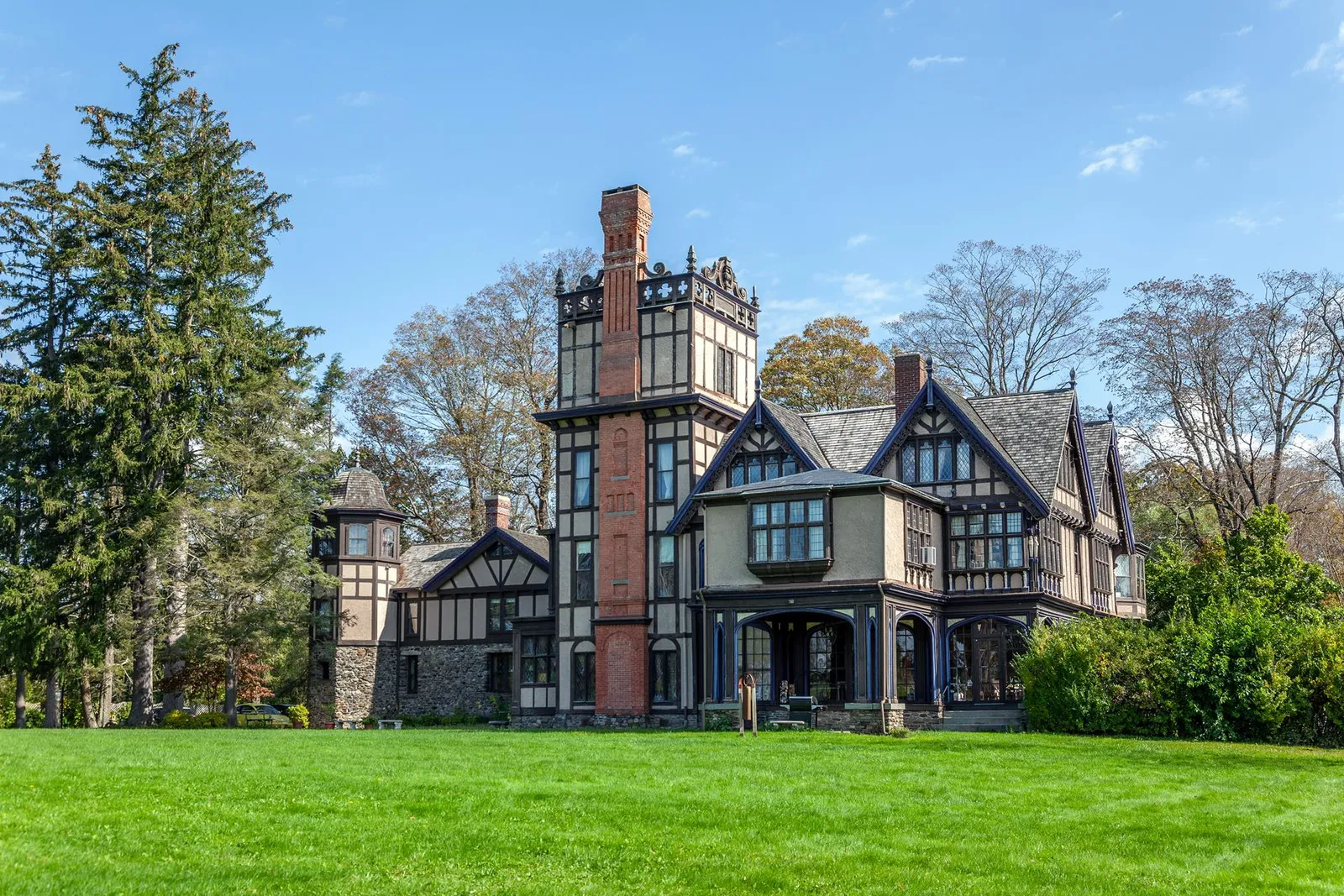
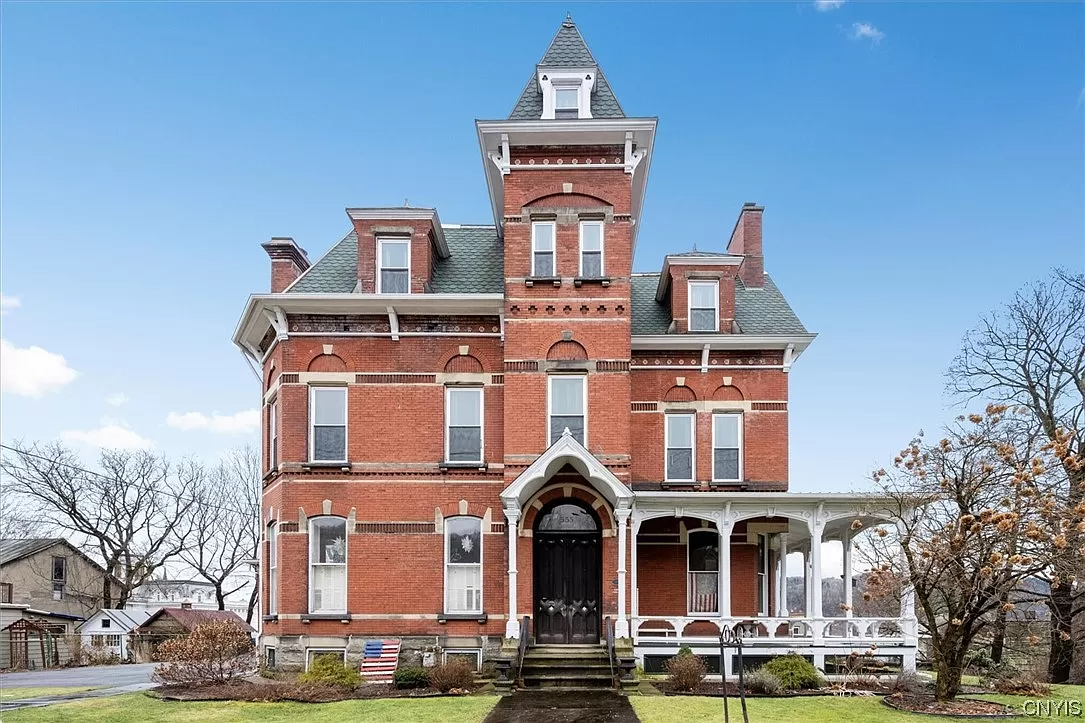
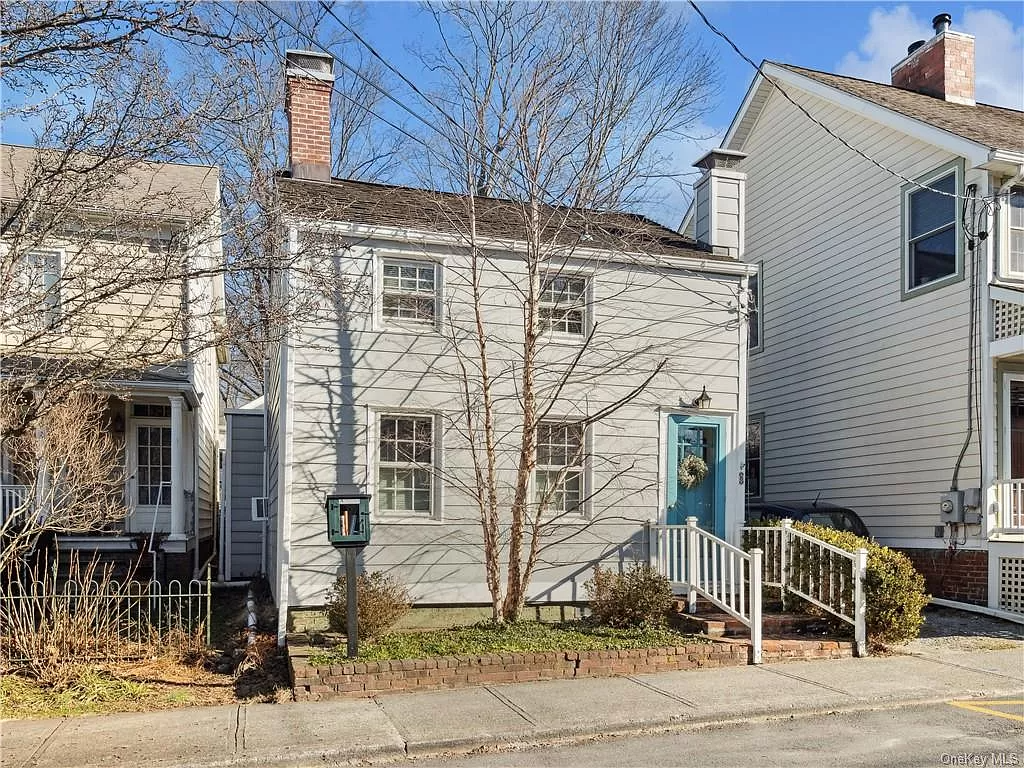
What's Your Take? Leave a Comment